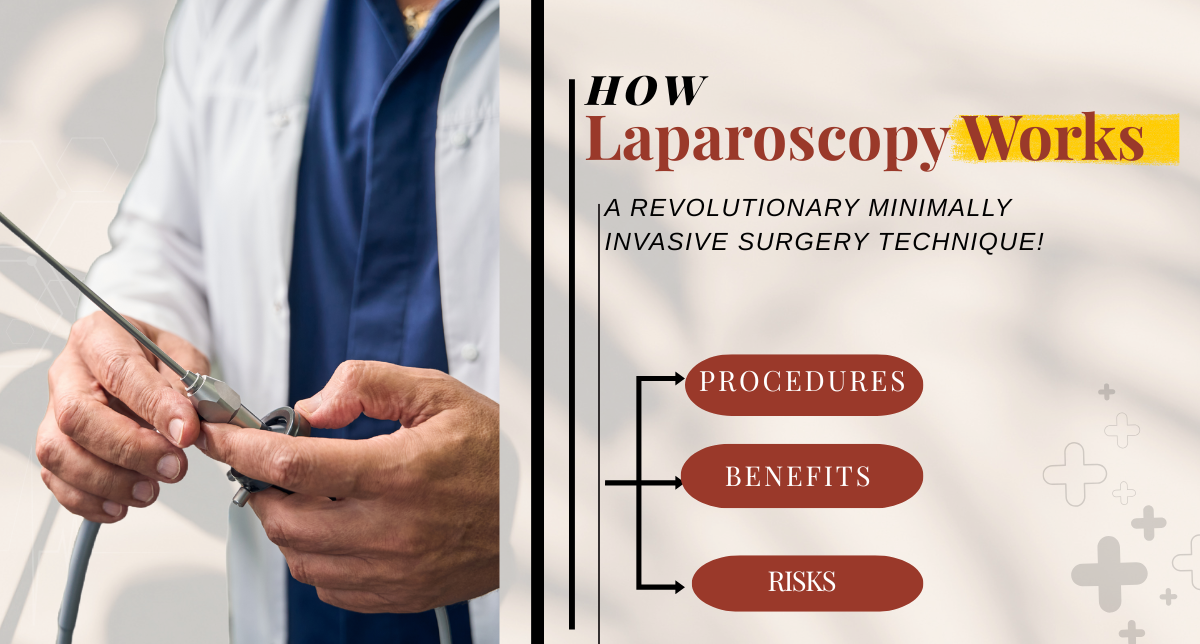Laparoscopy is a minimally invasive surgical technique that allows doctors to examine and operate on organs inside the abdomen with small incisions. It has revolutionized modern surgery by reducing recovery time, minimizing pain, and lowering the risk of complications. This article explores how laparoscopy works, its common procedures, benefits, and potential risks.
What is Laparoscopy?
Laparoscopy, or minimally invasive surgery (MIS), involves using a laparoscope—a thin, tube-like instrument with a high-resolution camera and light at its tip. This tool is inserted through a small incision, usually in the abdominal area, allowing surgeons to view internal organs on a monitor without making large cuts. Additional small incisions may be made to insert surgical instruments if needed.
How Laparoscopy is Performed
The laparoscopy procedure generally follows these steps:
- Preparation – The patient is given general anesthesia to ensure a pain-free procedure.
- Insertion of Trocar – A small incision is made, and a trocar (a narrow tube) is inserted to allow access to the abdominal cavity.
- Insufflation – Carbon dioxide gas is pumped into the abdomen to create space for better visibility and maneuverability.
- Insertion of the Laparoscope – The laparoscope is inserted through the trocar, providing a magnified view of the abdominal organs on a screen.
- Surgical Intervention (if required) – Additional small incisions are made for inserting surgical instruments if a procedure, such as organ removal or repair, is needed.
- Closure – After the procedure, the instruments are removed, carbon dioxide is released, and the incisions are closed with sutures or surgical glue.
Common Laparoscopic Procedures
Laparoscopy is used for both diagnostic and surgical purposes. Some common procedures include:
- Laparoscopic Cholecystectomy – Removal of the gallbladder due to gallstones.
- Laparoscopic Appendectomy – Removal of an inflamed appendix.
- Laparoscopic Hernia Repair – Fixing hernias in the abdomen or groin.
- Laparoscopic Hysterectomy – Removal of the uterus in gynecological treatments.
- Laparoscopic Endometriosis Treatment – Removal of endometrial tissue causing pelvic pain and infertility.
Benefits of Laparoscopy
Compared to traditional open surgery, laparoscopy offers several advantages:
- Smaller Incisions – Reduces scarring and improves cosmetic outcomes.
- Less Pain – Smaller cuts mean less post-operative pain.
- Shorter Recovery Time – Patients can return to normal activities within days instead of weeks.
- Reduced Risk of Infection – Smaller openings lower the chances of infection.
- Lower Blood Loss – Less invasive techniques minimize blood loss during surgery.
- Shorter Hospital Stay – Many laparoscopic procedures are outpatient surgeries or require minimal hospitalization.
Potential Risks and Complications
Although laparoscopy is generally safe, some risks include:
- Bleeding or Infection – Though rare, these can occur at the incision site.
- Injury to Internal Organs – Accidental damage to surrounding organs or blood vessels.
- Reaction to Anesthesia – Some patients may experience side effects from anesthesia.
- Gas Embolism – In rare cases, carbon dioxide may enter the bloodstream and cause complications.
- Adhesion Formation – Scar tissue can develop inside the abdomen, leading to pain or future complications.
Judgment
Laparoscopy has transformed surgical procedures by offering a minimally invasive alternative to traditional open surgery. With benefits such as faster recovery, reduced pain, and smaller scars, it has become the preferred choice for many medical conditions. However, like any surgery, it carries potential risks, and patients should discuss all concerns with their doctors before undergoing the procedure.










